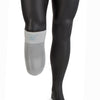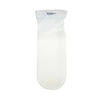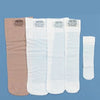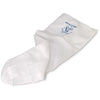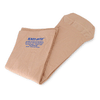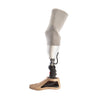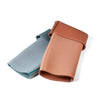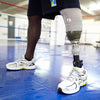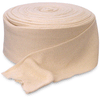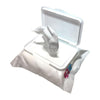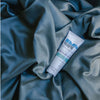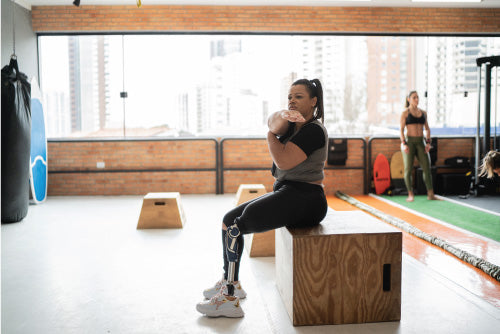How-to reduce your stump sock ply
As a prosthetic user what can you do in the interim. You may want to add either a pre-tibial, popliteal or femoral pad to your socket to reduce sock ply and offer an improved fit. Pretibial pads are placed on either side of your tibia to create space within your socket for your tibia as well as compress available soft tissue to tighten your socket fit.  A popliteal pad is added to tighten the front-back dimension of your below-knee socket. Popliteal pads are typically used to solve pressure issues over your tibia or a squeezing sensation along the lower third of your residual limb. They also have the added benefit of seriously reducing sock ply count by up to 7-Ply. Above knee amputees can add a long femoral pad along the side of their long thigh bone. If you wear a socket that has an inner socket, place your femur pad in-between the inner and outer socket to provide support for your femur and compress soft tissue. Make sure the pad is not touching the bottom end of the femur. If you are diabetic or have sensitive skin, it's highly recommended to consult with your Prosthetist before attempting to add pads to your socket.
A popliteal pad is added to tighten the front-back dimension of your below-knee socket. Popliteal pads are typically used to solve pressure issues over your tibia or a squeezing sensation along the lower third of your residual limb. They also have the added benefit of seriously reducing sock ply count by up to 7-Ply. Above knee amputees can add a long femoral pad along the side of their long thigh bone. If you wear a socket that has an inner socket, place your femur pad in-between the inner and outer socket to provide support for your femur and compress soft tissue. Make sure the pad is not touching the bottom end of the femur. If you are diabetic or have sensitive skin, it's highly recommended to consult with your Prosthetist before attempting to add pads to your socket.
Distal (bottom) cups can be a savior for those experiencing excessive looseness along the third of their residual limb. Amputees sometimes call this "bell-clanging", whereby the bottom portion of your limb moves back and forth within your socket. Adding a gel cup can tighten the socket fit and reduce friction related skin issues. Distal cups are available in a soft silicone or mineral oil gel materials and work well inside prosthetic liners. Distal (bottom) cups are rolled onto the bottom portion of your residual limb before application of any other amputee supplies, ie amputee socks or prosthetic liners.
If your residual limb lost length during limb maturation or weight loss you have the option of adding a distal (bottom) pad to your socket. It's often critical to have your residual limb in total contact with your socket. Otherwise, things can go awry rather quickly within 2-3 months. Loss of total contact can lead to verrucose hyperplasia.
Adding a gel impregnated sheath or sock can do wonders in terms of providing temporary relief until your prosthetic appointment. Using a sheath with gel will help reduce friction and offer gel cushion relief. Silipos makes the Silosheath with various thickness that can offer extra gel cushion around the bottom third of your limb with 3mm of mineral oil gel. Using a Double Cushion Silosheath can help tighten your socket, reduce friction and offer some much needed cushion around tibia. The Silosheath is really sized for arm and below knee amputees, however if your above knee residual limb fits into the measurement Silosheath can work for you too in a similar manner.














































